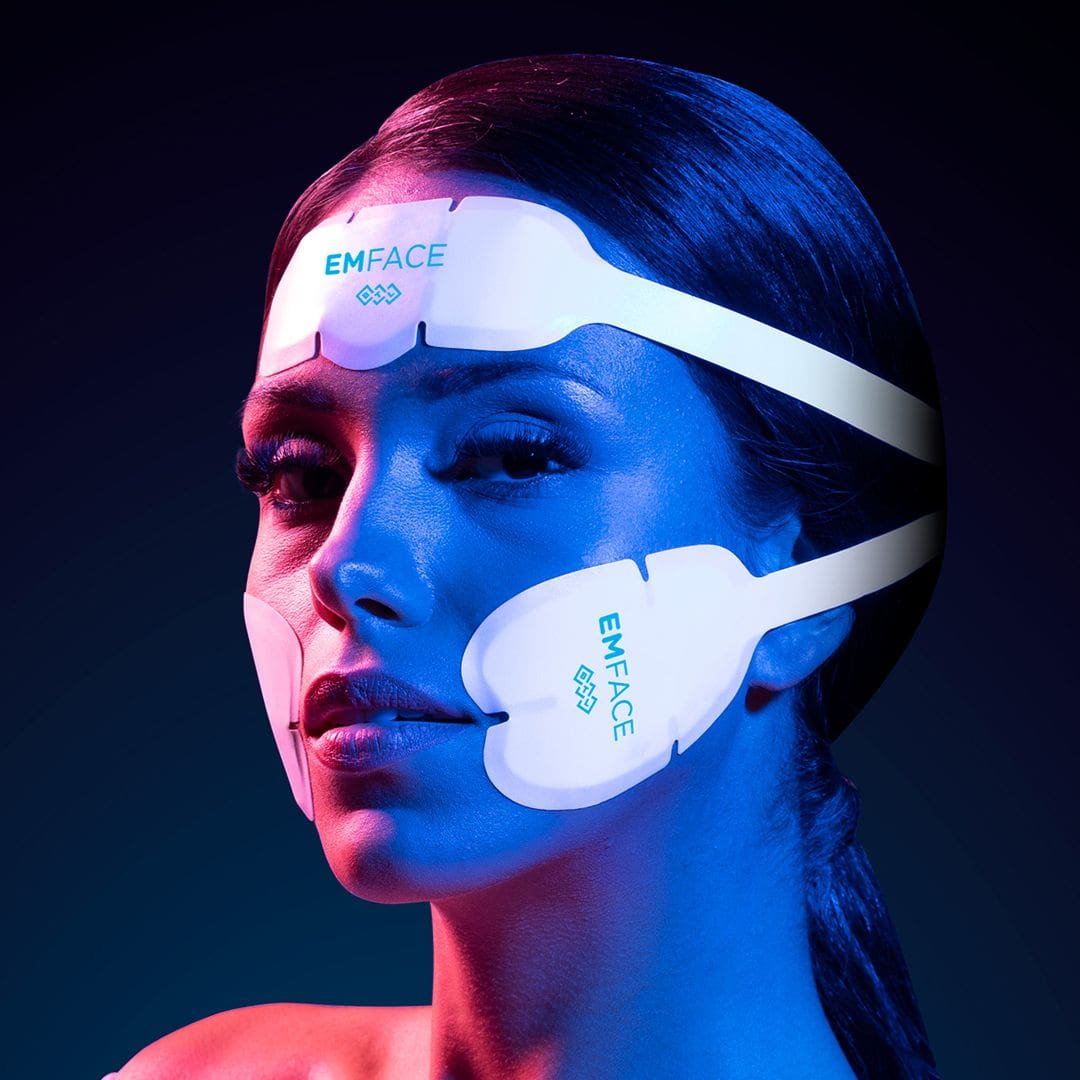Seventy-two-year-old Gisele Rasmussen looks at least 15 years younger than her age. She founded Facial Fitness in Vancouver in 1992, specializing in microcurrent toning facials. The clinic’s medical-grade equipment uses a powerful low-grade electrical current to tone the facial muscles—Rasmussen likens it to a gym workout for the face—which results in better blood flow, more collagen production and increased cellular activity. The lively septuagenarian recently added LED red light therapy for the face and neck to the end of the microcurrent treatments.
“The LED is just magic. I’m astonished at the results,” she says. “All those beautiful toned muscles that you have, suddenly you’ve got this tight skin on top. Within six treatments, you can look 10 years younger.” Rasmussen explains that muscles toned by microcurrent form the perfect foundation for other cosmetic treatments, from Botox to fillers to peels, and she describes the LED red light therapy as “the icing on the cake.”
Most of her clients do their treatments every three or four weeks, though some fountain-of-youth seekers come in as often as every second week. No matter how frequent the treatment, there’s no downtime and the results always look natural and healthy, Rasmussen says. “I want it to look natural. I don’t want it to look fake.”
EmFace is another non-surgical rejuvenation procedure that works the facial muscles, and it’s exploding in popularity. “EmFace is an energy-based treatment that is really one of a kind because it is the first to target the lifting facial muscles,” says Dr. Shannon Humphrey, medical director at Humphrey and Beleznay Cosmetic Dermatology in Vancouver. Humphrey is also a clinical associate professor at the University of British Columbia.
EmFace combines high-intensity facial electrical stimulation with targeted radiofrequency energy to tone the facial muscles while also increasing the skin’s production of collagen and elastin. “It’s kind of like a bootcamp for the lifting facial muscles,” Humphrey says. “We get lifting but also skin-quality improvement.”
And, somewhat miraculously, EmFace takes just 20 minutes per area, it isn’t painful, no downtime is required and it can easily be combined with other treatments such as microneedling. Clients do a series of four EmFace sessions anywhere from two days to two weeks apart, then come in twice a year for maintenance sessions. “This has been a real game changer in our practice,” Humphrey says. “Patients love the ease of the treatment experience. They love the multimodal outcomes, so both lifting and skin-quality improvements, and they love the natural-looking outcomes.”
Dr. Trevor Born agrees with all the acclaim for EmFace. The founder of TMB Cosmetic Surgery in Toronto, Born aims for a natural look for his clients. He praises the results that EmFace achieves in terms of smoothing out fine lines and improving the skin’s texture and vasculature, though he cautions that individuals with “a lot of sun damage, a lot of fine wrinkles, a lot of volume loss in the face” might not achieve stellar results. “It’s not a do-everything device,” Born says. “This is really a technology that’s meant for people who aren’t quite ready for a facelift but want a little bit of change.” Other devices currently on the market promise to deliver similar results, but Born points out that “they all compare themselves to EmFace, which is really the gold standard.”
Humphrey concurs that other non-invasive surgical procedures simply can’t compete with EmFace. “There are actually no other ones that target the lifting facial muscles,” she says. “So I think in that way, EmFace is relatively standalone.” And surgery belongs in a completely separate category. Humphrey explains, “A surgical intervention like a facelift may involve repositioning facial muscles along with other tissues, but it’s really in quite a different category of treatment in terms of patient experience, degree of improvement, cost, etc.”
As for treatments that an individual might try at home, nothing can compare to EmFace or a microcurrent toning facial. Humphrey and Born both cite the lack of randomized trials and clinical studies to back up claims made by home-equipment makers. Rasmussen notes that some of her clients have had limited success using LED red light therapy at home, but they’re mostly in their 40s and trying to extend the time between clinical treatments—home treatments are simply no replacement for the clinic.
Rasmussen says with a laugh, “If you’re in your 50s or 60s, you need the big guns.” —Sheri Radford

November 19th, 2024 at 2:06 am
Main di SV388 hari ini dan dapatkan bonus deposit 100% untuk member baru. Peluang menang besar ada di tanganmu. Yuk, daftar sekarang!